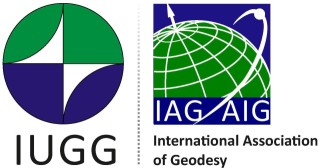Since the seminal paper of Farrell & Clark in 1976, gravitationally self-consistent sea level change has been modelled through solution of the so-called “sea level equation”. This integral equation arises due to the ocean load within the problem not being specified a priori, but instead forming part of the solution itself. Over time, this theory has undergone many refinements, and the most sophisticated implementations take account of features like coastline migration, and rotational feedbacks. Nonetheless, the basic ideas underlying the sea level equation remains the same, and its numerical solutions are usually obtained in an iterative manner.
Within this talk, we describe a new approach to modelling post-glacial sea level change that does not involve the sea level equation. Instead, we formulate a set of coupled evolution equations for the sea level problem, whose numerical solution can be obtained in a straightforward manner using explicit time-stepping schemes. This approach fully accounts for shoreline migration in a simple and natural manner. Rotational feedbacks have yet to be included, but this will be added in the future. We present a range of numerical calculations to illustrate this method. At present, these calculations are restricted to spherically symmetric earth models, but the method itself has been developed with laterally varying models specifically in mind, and its implementation is trivial given a suitable code for solving elastostatic problems in a laterally heterogeneous earth model. Our approach also allows for a wide a range of linear and non-linear rheological models. Finally, this new formulation of the sea level problem is well-suited to the application of adjoint methods. In a companion presentation by Ophelia Crawford, such applications of the adjoint method to the post-glacial sea level problem will be described along with a range of illustrative numerical calculations.

 PDF version
PDF version
